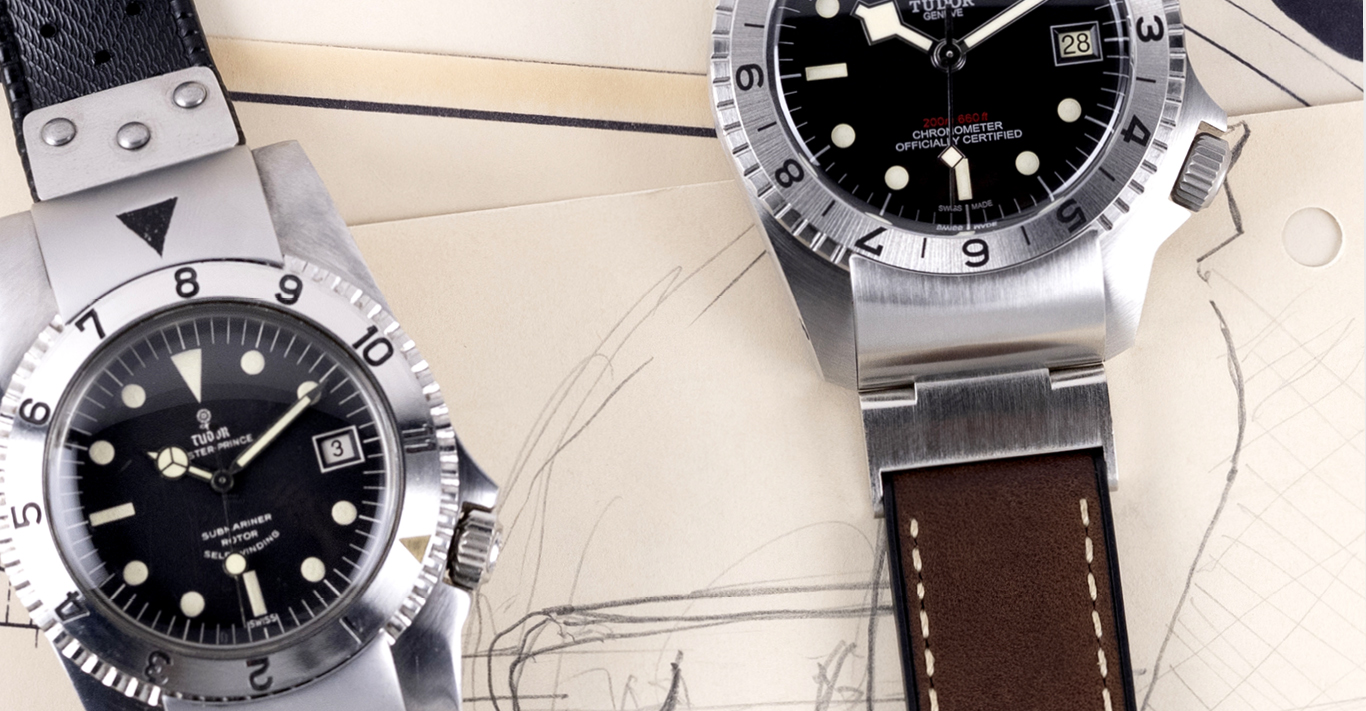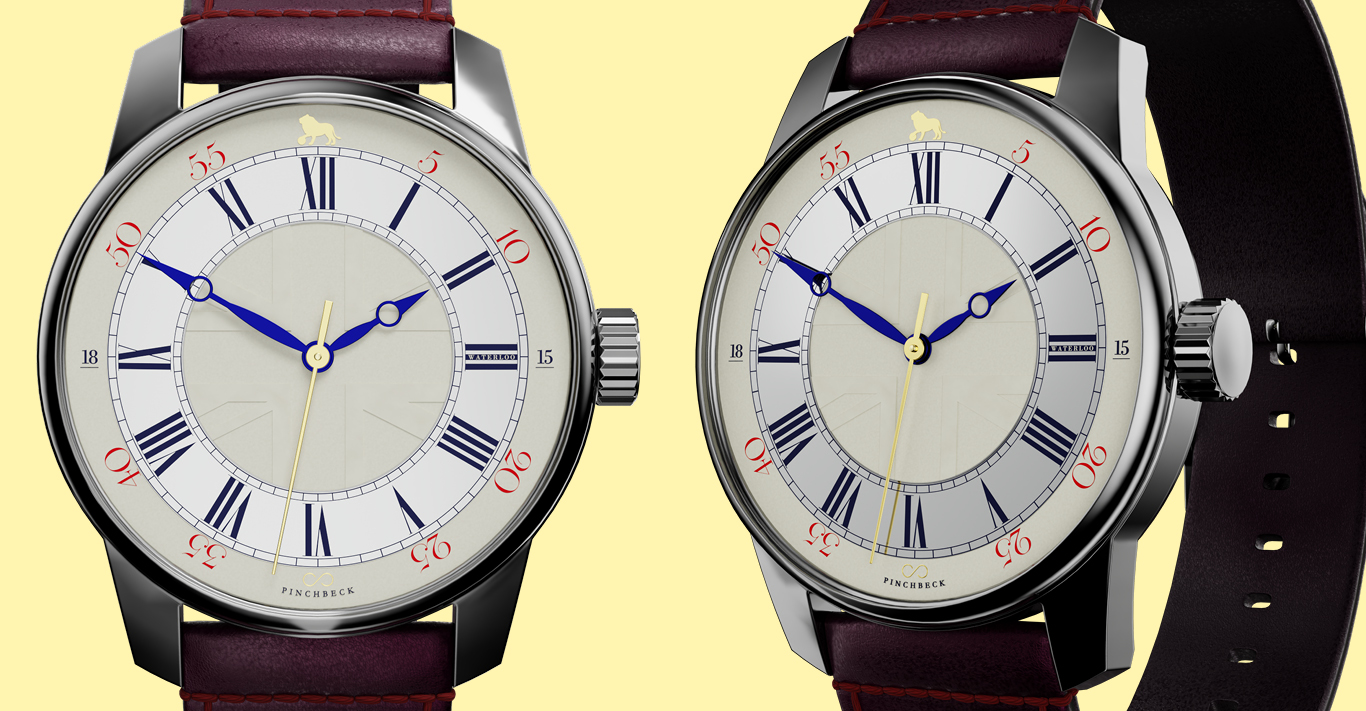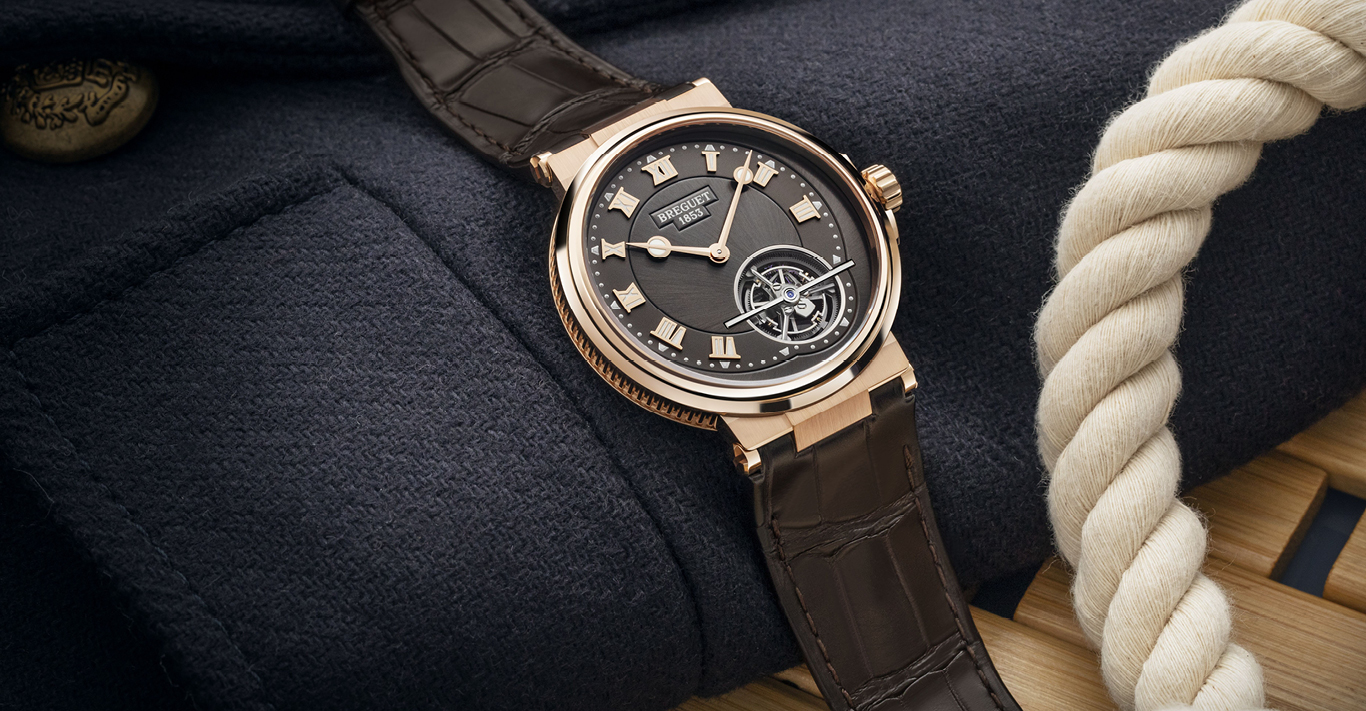WORDS
Laura McCreddie-Doak
The watch world loves a good ‘missing link’ story. That is, not a saga of what happens when you try and change a bracelet by yourself, but those rumours and myths that circulate around certain references. These are prototypes or unique pieces whose names are surrounded by auras of Loch-Ness-monster-like speculation, complete with supposed sightings and fake photography. One such story that must be included in this ghostly compendium revolves around the origin of Tudor’s Black Bay P01 timepiece.
Tudor has a long-standing association with navies around the world. Its first relationship was with the French Marine Nationale. Not every force had money to splash on Rolexes, so they turned to sibling company Tudor as a way of ensuring the same quality, but without the associated price tag. It was a relationship that turned out to be mutually beneficial. At the time, Tudor was working on improving its diving watches; in the Marine Nationale it had one of the best test bases it could hope for.
The first watch was the 7922, which was launched in 1954. It was good to 100m and, surprisingly, had a small crown without a guard. This was something the French divers fed back on, which led to the good-to-200m, crown- guarded 7924. The Marine Nationale wasn’t the only navy to succumb to Tudor’s charms: the brand has been worn by marine forces in South Africa, Canada and Jamaica. It also had just as long a history with the US Marines.
Tudor had been working with the US Navy since the 1950s, but in 1967 it came to Tudor asking for modifications to the Oyster Prince Submariner ref 7928 – a classic diver watch first unveiled in 1964, which had become standard issue for American sailors.
It had come to the US Navy’s attention that the crown was getting knocked too much, and the bezel was bidirectional, which is dangerous to divers. Under the code name ‘Commando’, Tudor worked on a watch that would satisfy the US government’s criteria. Depending on what party line to believe, the US Marines deemed the watch – which had a never-before-seen claw mechanism at 12 o’clock that, when released, allowed the wearer to remove the bezel – too expensive or too technical. So, it opted for the 7016, which was already in production.
The Commando project disappeared, with the only evidence it existed being a patent filed by Rolex for the hinged mechanism. However, that didn’t stop a Japanese brand attempting to pass off a recreation as an original, and in 2001 auction house Antiquorum sold an allegedly genuine Project Commando watch at its sale in New York and then again in 2004 in Geneva; a timepiece that is now believed to be a fake.
Just before this year’s Baselworld watch fair, Tudor started to tease watch watchers with a mysterious campaign showing a picture of a safe and the words: ‘Some might think it’s a myth, but we will soon show you it’s not.’ The myth was the P01, a modern interpretation of the 1967 Project Commando design. It has the unusual crown at four o’clock, the claw at 12 o’clock – though now this merely locks the bezel rather than allowing it to be removed – and the chunky, almost ovoid case.
Watch launches are rarely controversial, but this certainly divided opinion, with strong feelings on both sides. The pro side was won over by its mid-century styling and utilitarian form; the anti side just wasn’t very polite. Maybe those on the anti side of the fence need to remember it is a prototype, even albeit one now in the core collection. It hasn’t been refined or subjected to any of the fine tuning by committee that is a part of every new watch launch. Tudor has resurrected a horological legend in its original form. How many brands are brave (and clever) enough to do that?
£2,830; tudorwatch.com




